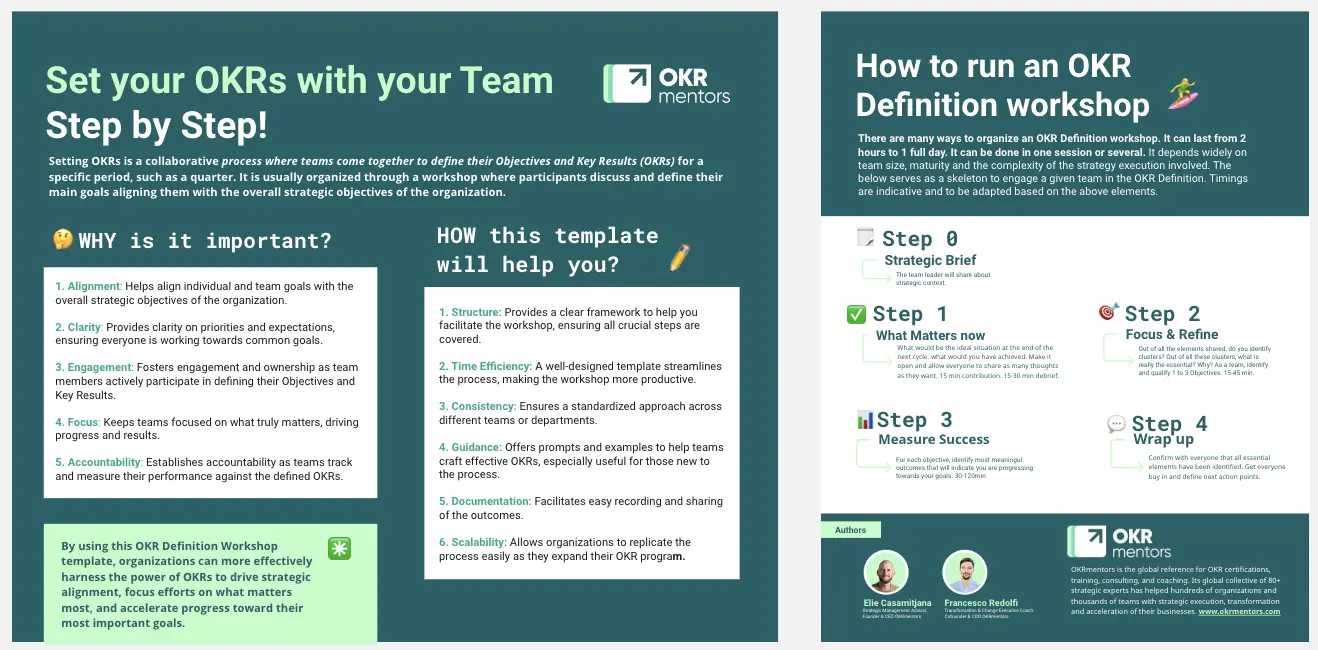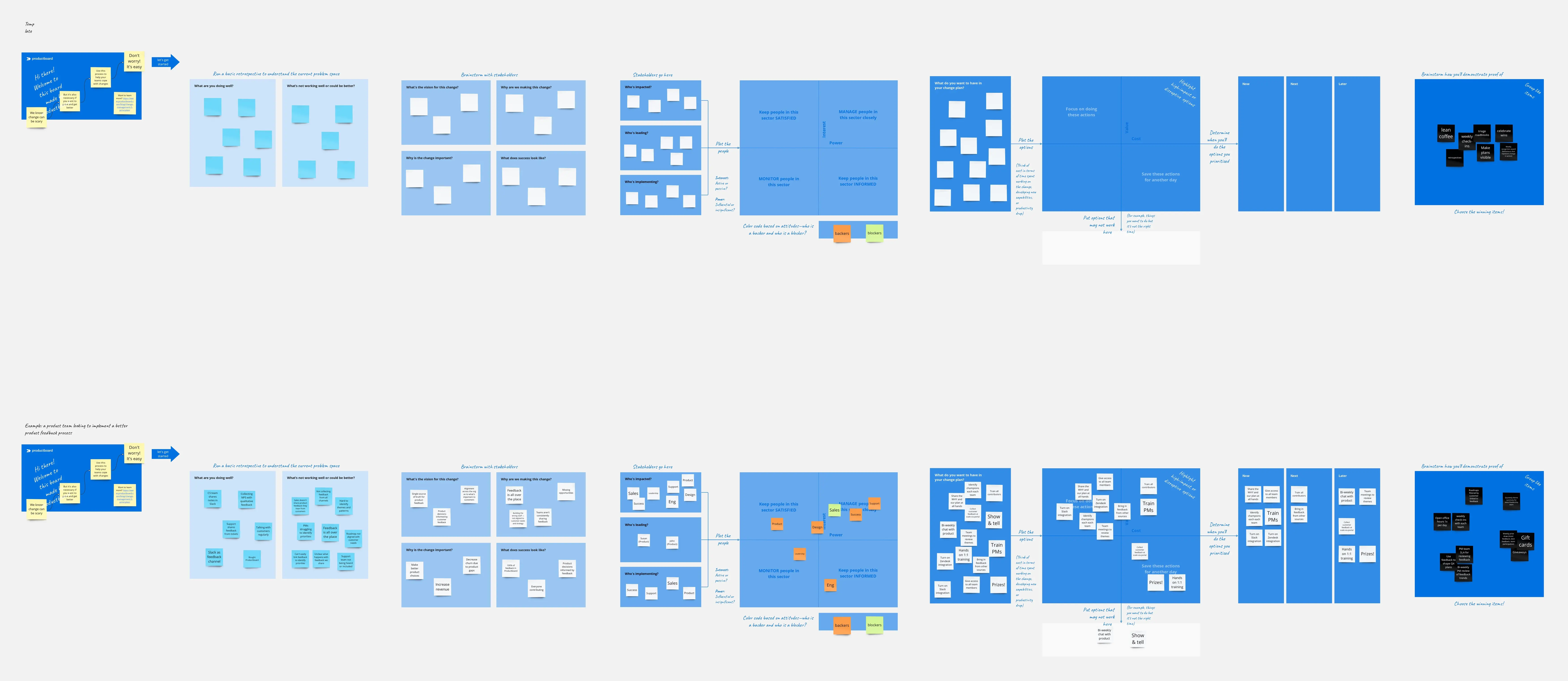A Storyboard for developing pitches
Do you feel the rush of anxiety when a new pitch lands on your desk. You arent sure of the best next step? This board is a tried and tested method I have used to pitch and sell hundreds of proposals to clients such as Google, Meta and Airbnb.
The below is the proven framework for developing a story. A process for turing infomration into engaging content.
Step 1. Set the scene
An audience needs context before the narrative takes place. That's why directors always start with visuals and scene locations. It sets the scene. Places the audience in the story. In a presentation set the scene by describing where the client is today. Where are they positioned in the market, what do customers think and feel about them, and what are perceptions of their brand with the next generation… Use this information to contextualize and set the scene.
Step 2. Define what is standing in their way
With the scene set, position a forward-looking view. Every company wants to move forward and advance their position, but there is an obstacle standing in the way… Describe the obstacle. This is the introduction of the problem and will hook the audience till the end. Here you name a problem and frame it as the enemy. An enemy could be a competitor, lack of capability or issues such as poor customer retention.
Step 3. Agitate the problem to create urgency
A problem understood is only one part of the story, now bring the problem to life. Steve Jobs was brilliant at this, he doubled down on the pain point to emphasise the issue and make the audience a bit uncomfortable. Using an example from above you might say customer retention is not just an issue for marketing but an issue for your company’s future.
Step 4. Lead with insight
With the problem now well understood, and the audience anxious for a resolution you present a hook, you will use an insight or point of view to show a path forward. Typically here you would say something like, customer retention is a problem that can be solved through applying sound design principles that are focused on engagement rather than acquisition.
Step 5. Paint a picture
Show don’t tell. With a solution forming words will only do so much, the audience needs to see to believe. A picture is worth 1000 words, etc. The audience needs to see and experience what the solution looks like. Show a prototype or introduce your product to the audience. Show a solution.
Step. 6 The missing piece of the puzzle
This solution you have presented needs to be adaptable and achievable. The C-Suite will not buy dreams and inspiration. You need to show connection and understanding of them and their brand. In this phase of the story, you show how they can get the solution and how it would delivered. But also how it is integrated with their life, personality or business.
Step 7. Demonstrate the Payoff
Every solution needs a benefit. Businesses are motivated by returns that are tangible and can be realised with an investment in your product or solution. Show through case studies or calculated estimates in ROI the returns the client can expect.
Step 8. Recap and Summarize
Never end your presentation with a simple thank you. Finish the story strong. Remind the audience of where they are, the problems they face the path to resolution, and through action, they will achieve and obtain a benefit from adopting your approach.
Categories
Similar templates




